Home>Interior Design>Modern Vs Contemporary Design: What’s The Difference?
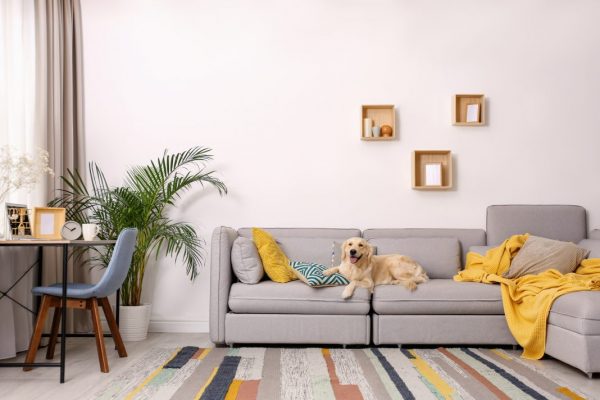

Interior Design
Modern Vs Contemporary Design: What’s The Difference?
Modified: January 18, 2024
Two of the most popular interior design styles, find out the differences between the commonly confused modern vs contemporary designs inside.
(Many of the links in this article redirect to a specific reviewed product. Your purchase of these products through affiliate links helps to generate commission for Storables.com, at no extra cost. Learn more)
Think modern and contemporary design are exactly the same? Well, you’re not alone. While these terms are indeed similar, people often use them interchangeably.
Modern and contemporary design share the following characteristics: minimalist aesthetics, clean, architectural lines, and an open-space feel. However, they ultimately do not refer to the same thing.
So how exactly does one distinguish between these two nearly-identical interior design styles? Read on to find out.
Get Classy With Modern Design
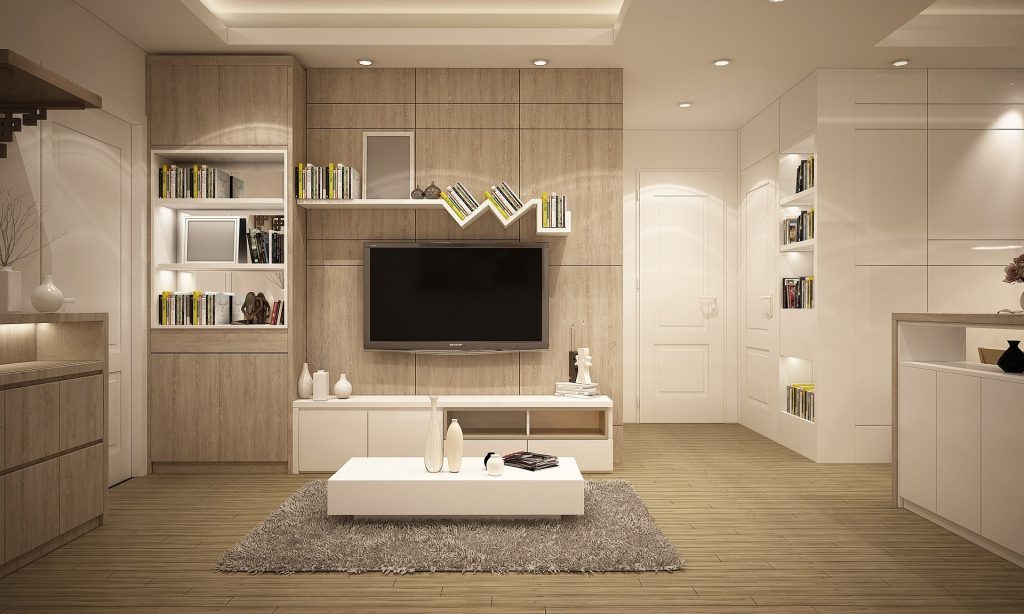
Photo by newhouse on Pixabay
Your Dictionary defines modern design as “a style of decor that focuses on minimalism, neutral colors, clean design lines, and environmentally-friendly materials.” However, people begin to have different opinions when it comes to the origins of modern design.
Modern design is said to be strongly influenced by Scandinavian and German Bauhaus designs. They believe it was established during the peak of the modern art movement.
Another version is that modern interior design’s origins can be traced back to the age of machination, which took place between the 1920s and 1950s.
Then there are also people who associate modern design’s beginnings with the early/mid-twentieth century. Key figures of this era included individuals such as Le Corbusier, Florence Knoll, and Charles and Ray Eames.
Notable features of this interior design style include crisp, spare and sharp lines, and clean, spare furnishings. More often than not, furniture used in modern design is made out of wood, leather, and light linens.
Modern Interior Design – Example 1
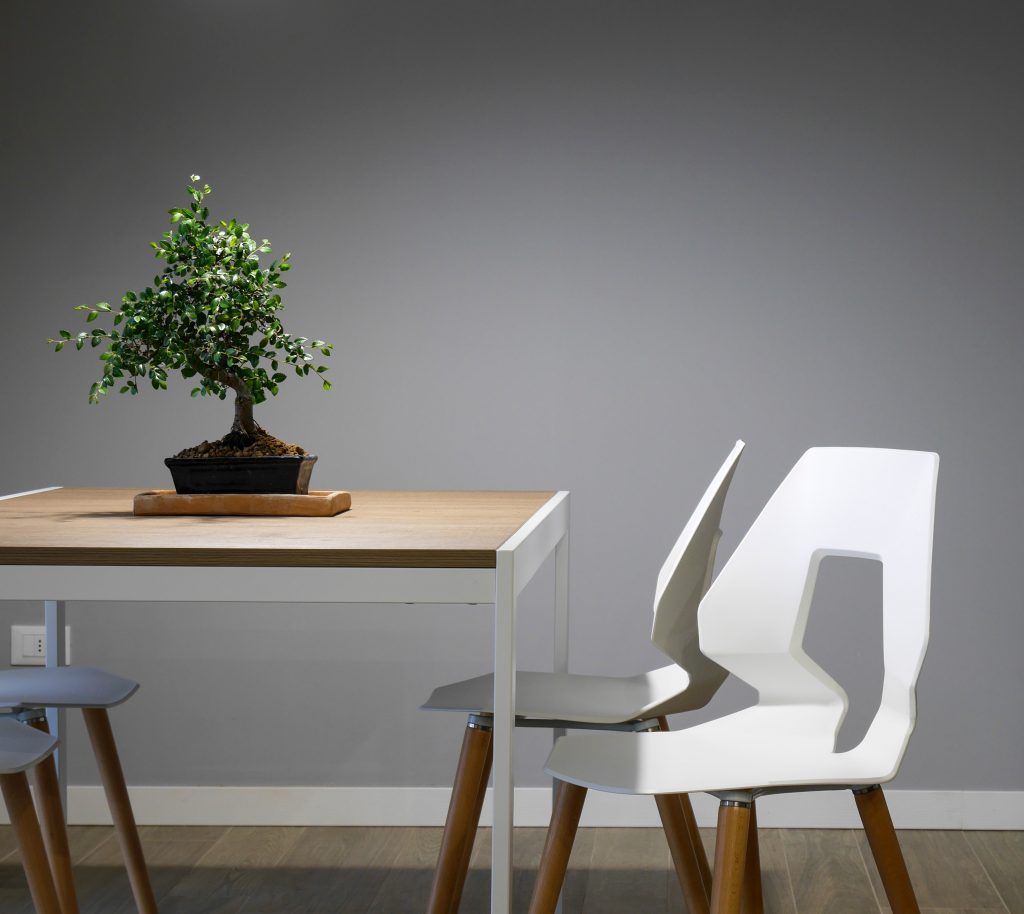
Photo by Davide Cantelli on Unsplash
See the shape of the chairs in the picture above? It has a structured overall look, with rough and precise lines. The furniture used is wooden, which is typical of modern designs. This is what modern design is all about: the fusion of various elements/aspects.
Modern Interior Design – Example 2
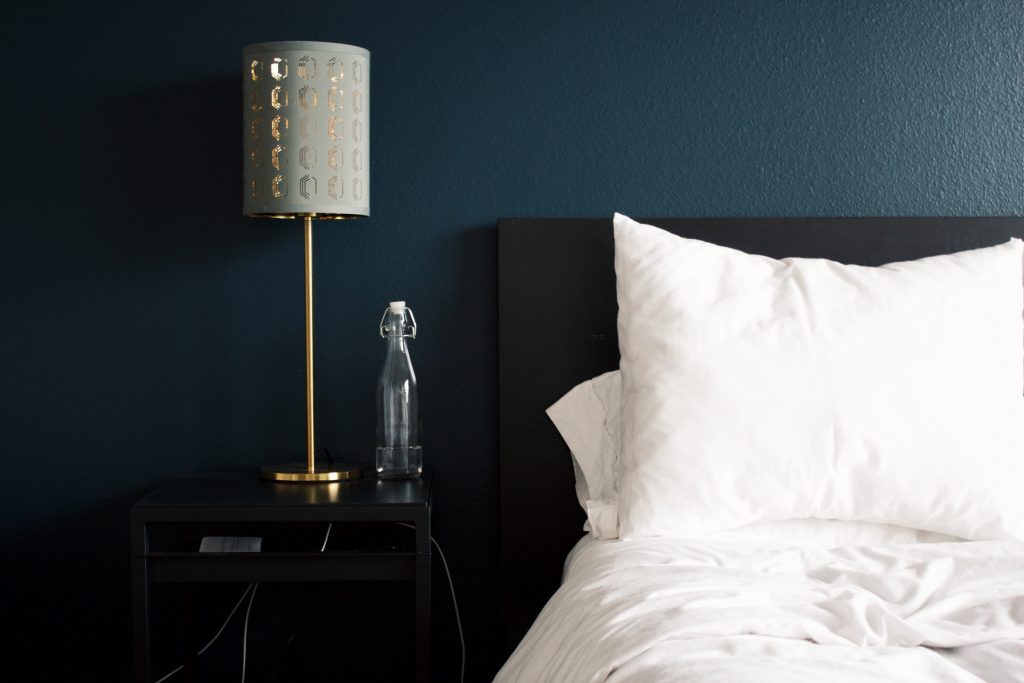
Photo by Rhema Kallianpur on Unsplash
Modern design is all about neutral colors and monochromatic shades like black, grey, and white. You rarely see very bright colors used in modern design, but it’s usually to highlight something in the room.
In this instance, the lamp’s gold stand against a dark backdrop makes for a nice juxtaposition. Without it, the entire look might have been dull, uninviting, and a potential mood dampener. We also like how the white bedsheets look against a black headboard. Very classy, no?
Stay Trendy With Contemporary Design
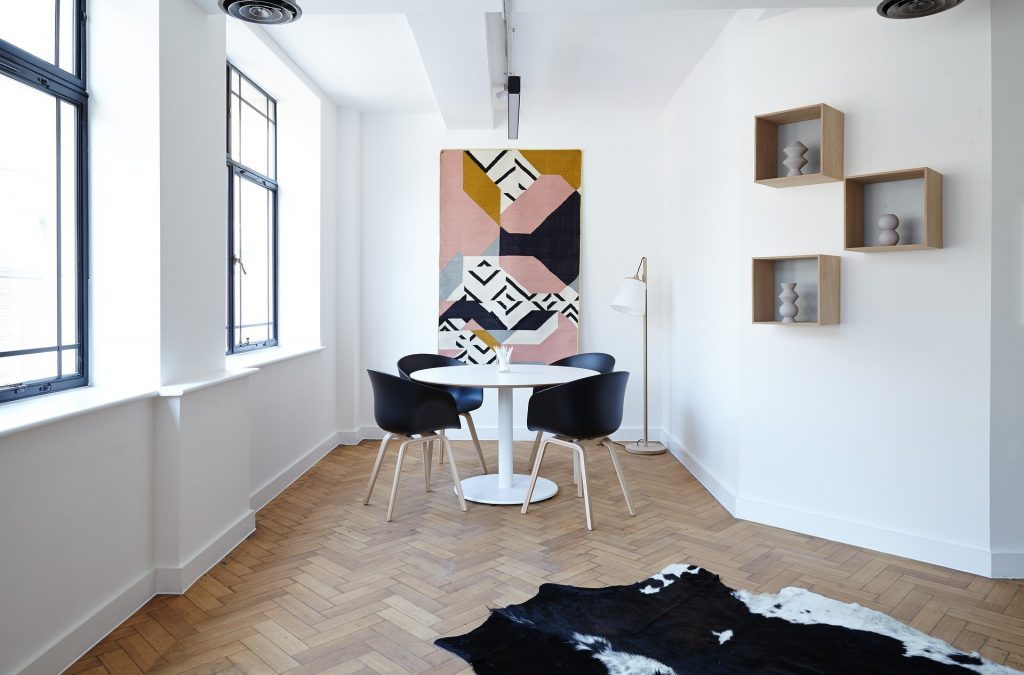
Photo by Pexels on Pixabay
The word “contemporary” can be defined as “of the moment.” Contemporary design, therefore, is largely rooted in the present and what’s trending right now.
In this sense, contemporary can be considered as less of a style and more of a trend. The contemporary style is largely influenced by elements and other art styles. Examples are minimalism, art deco, futurism, and many more. Popular contemporary artists at the moment include the likes of Iman Issa from Egypt and Raed Yassin from Lebanon.
Contemporary spaces tend to feature rugs, pillows and throw blankets, as well as artfully placed storage shelves. What’s interesting about this style is that it mainly features neutral elements and bold colors but evolves with the passage of time.
Contemporary Interior Design – Example 1
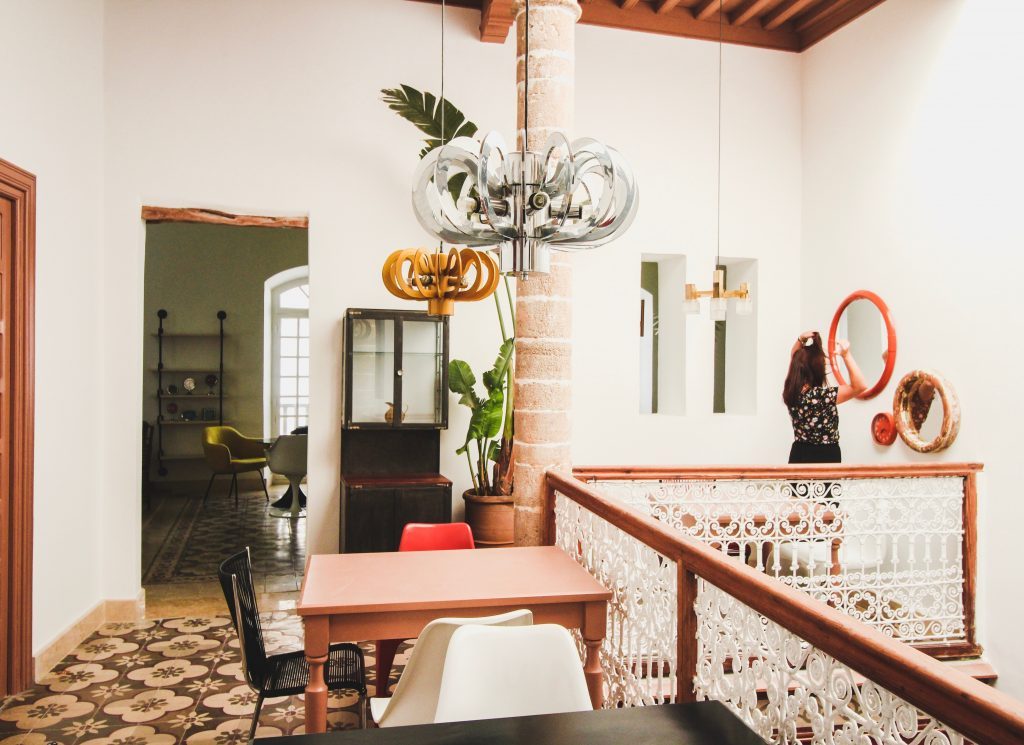
Photo by Louis Hansel on Unsplash
Red and orange accents brighten up this space which is otherwise dominated by neutral tones. A key characteristic of the contemporary style is the curves that go around in the forms of circular mirrors, chairs, and light fixtures.
Accessories used are big, bold and fabulous while contributing to a rustic/vintage feel, and without being too overwhelming.
Contemporary Interior Design – Example 2
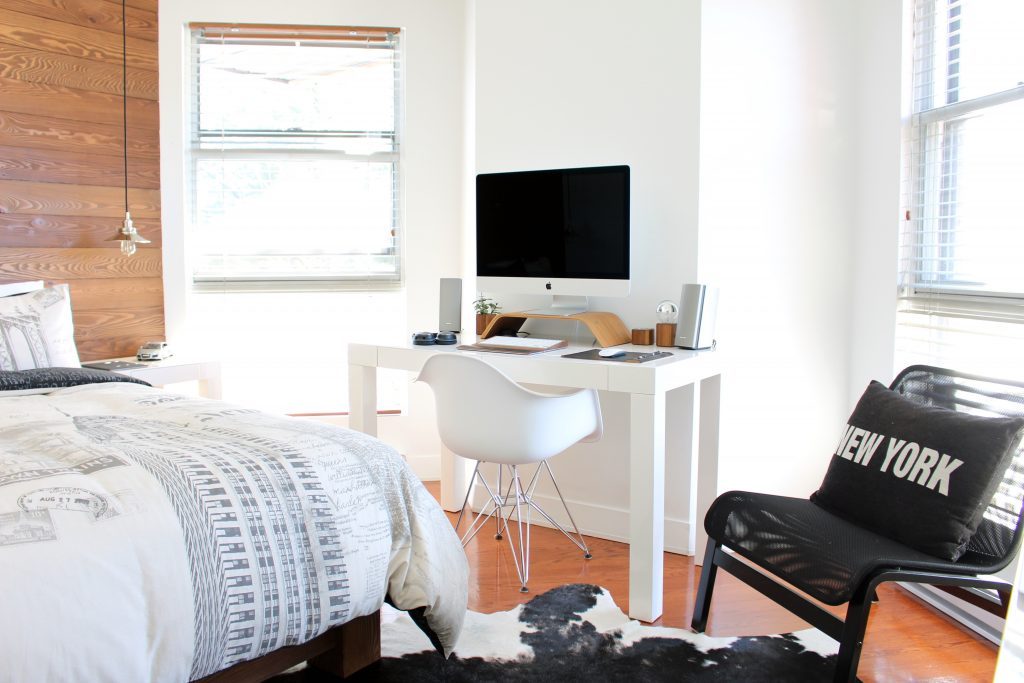
Who says black and white are boring colors? White on white, or even black on black works so long as they’re interspersed by bits of nature like wooden furniture. This room is proof that any room can become lovely with some graphic print, texture, and play on lines.
Modern vs. Contemporary Design – Key Differences
1. Fluidity

Photo by Artiom Vallat on Unsplash
Unlike modern design, contemporary interior design isn’t set in stone – it constantly changes and evolves with the passage of time. What I mean by that is, what’s contemporary 10 years ago is likely be considered vintage today.
Unlike its contemporary counterpart, modern design can be traced back and is frequently associated with a certain time period. Contemporary design has many trademark features. Two great examples of such are bringing nature into interior space and expansive windows.
Modern design, however, remains mostly static. Regardless of the era and changes within the interior design scene, the modern style itself won’t change much. It follows a strict formula that consists of three aspects: balance, clean lines, and minimalism.
2. Colors

Photo by Patrick Fore on Unsplash
Contemporary design utilizes mainly a monochromatic color palette: white, black, and grey. When colors other than these are added, they are usually pure and saturated ones such as indigo, orange, and red. These colors are loud and meant to create a strong visual impact. Modern design, on the other hand, features mostly neutrals. Colors used tend to be warmer and more subdued.
3. Shapes & Lines
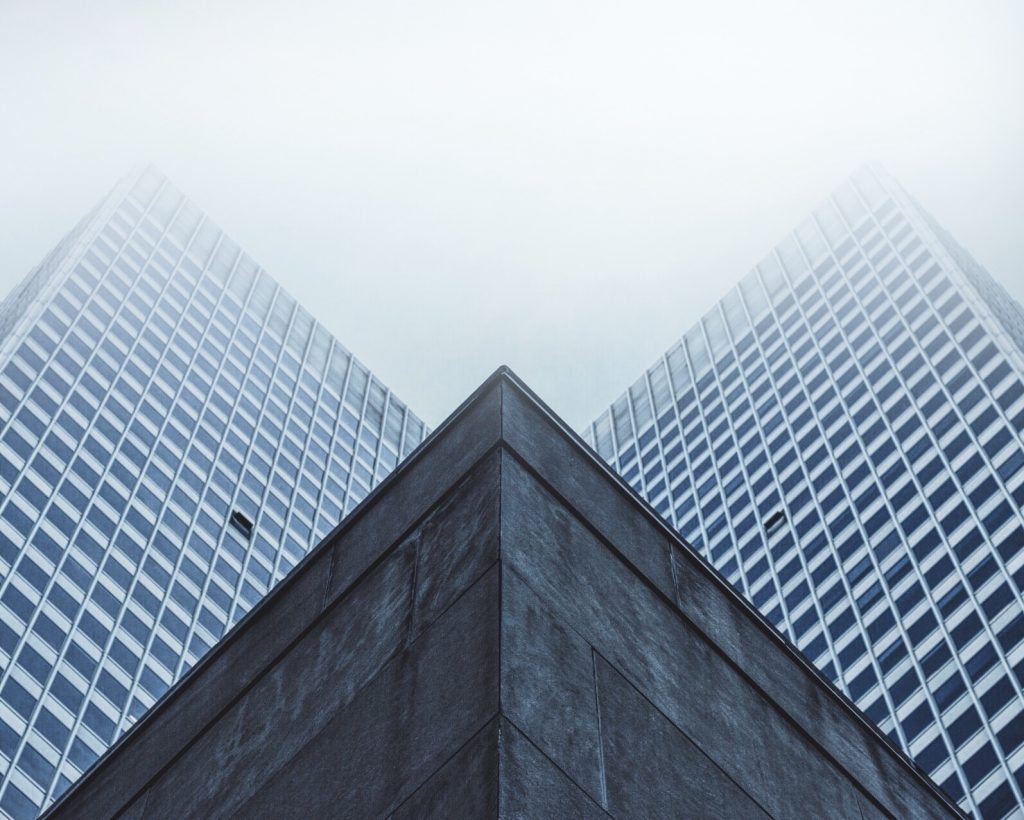
Photo by Patrick Tomasso on Unsplash
Both contemporary and modern designs favor shapes that are crisp and clean. The difference, however, is that contemporary design uses softer and rounder shapes and lines. Modern design, on the other hand, is bolder when it comes to lines: they often incorporate jagged, oblique, and bold lines that are artfully arranged.
4. Function & Form
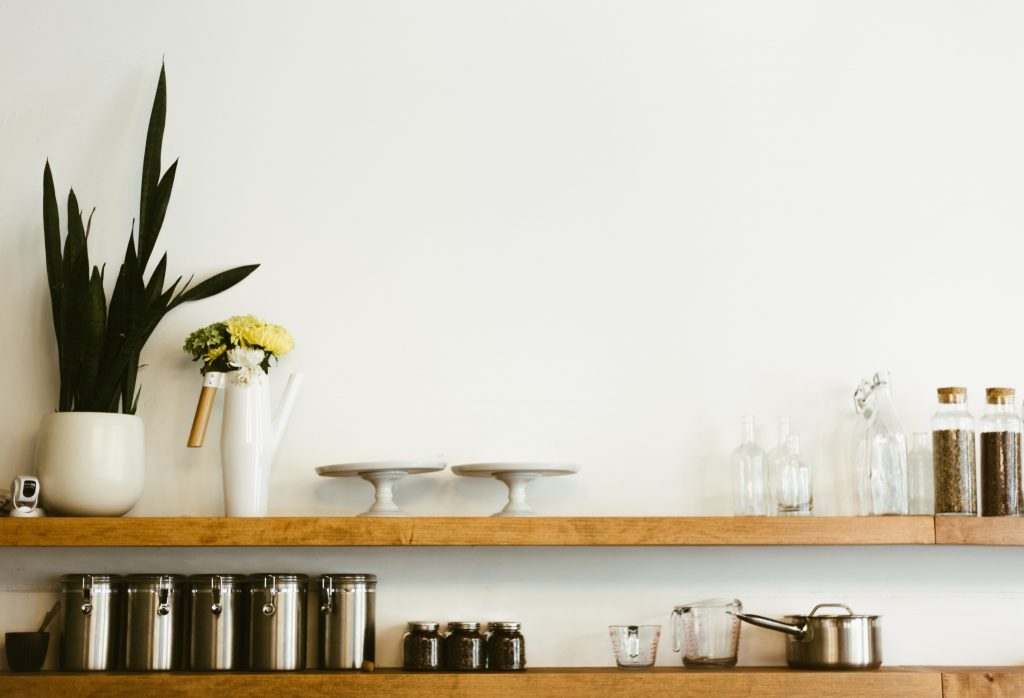
Photo by Allie Smith on Unsplash
Whereas modern pieces of decor usually serve a particular function, contemporary pieces tend to focus on the form itself.
5. Materials
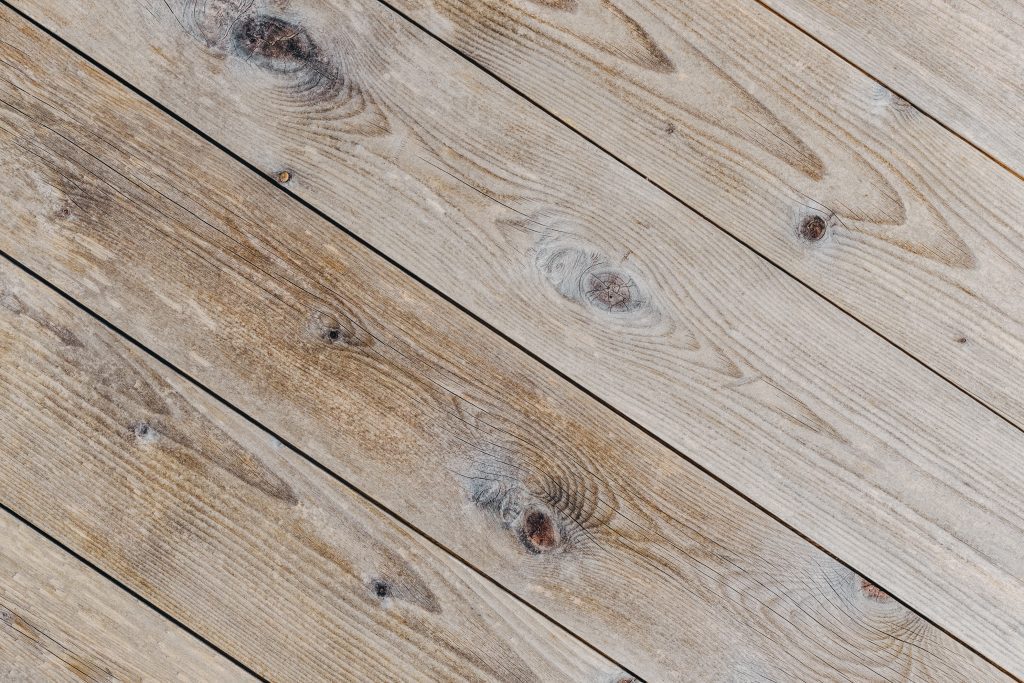
Photo by Alexandre Boucher on Unsplash
For modern design, the materials typically used for furnishings and furniture are natural ones such as leather, linen, and wood. On the other hand, materials used for contemporary design are mostly state-of-the-art materials such as plastic, metal, and glass. In some cases, engineered wood like plywood and MDF are also used.
Despite sharing certain similarities, modern and contemporary styles are in fact two different styles that are worth celebrating in their own right. Whichever style you’re inclined towards, remember to have fun selecting furniture pieces and putting your set-up together!
Was this page helpful?
At Storables.com, we guarantee accurate and reliable information. Our content, validated by Expert Board Contributors, is crafted following stringent Editorial Policies. We're committed to providing you with well-researched, expert-backed insights for all your informational needs.
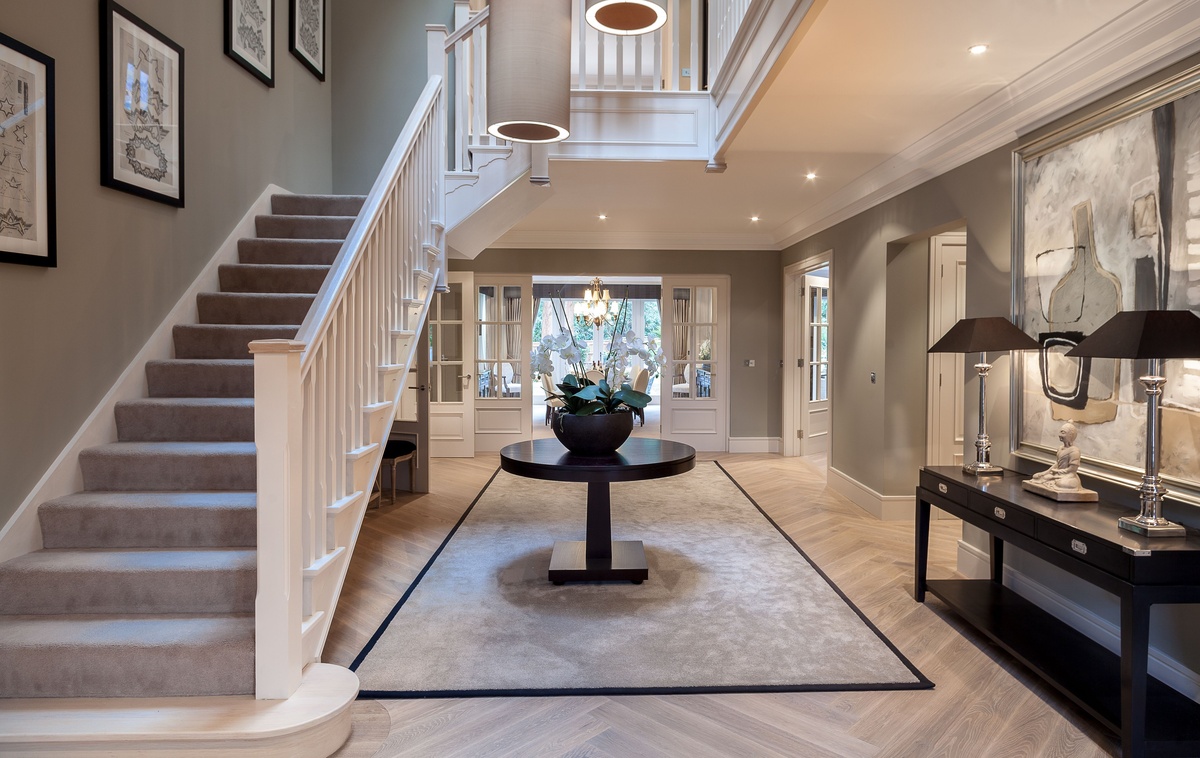
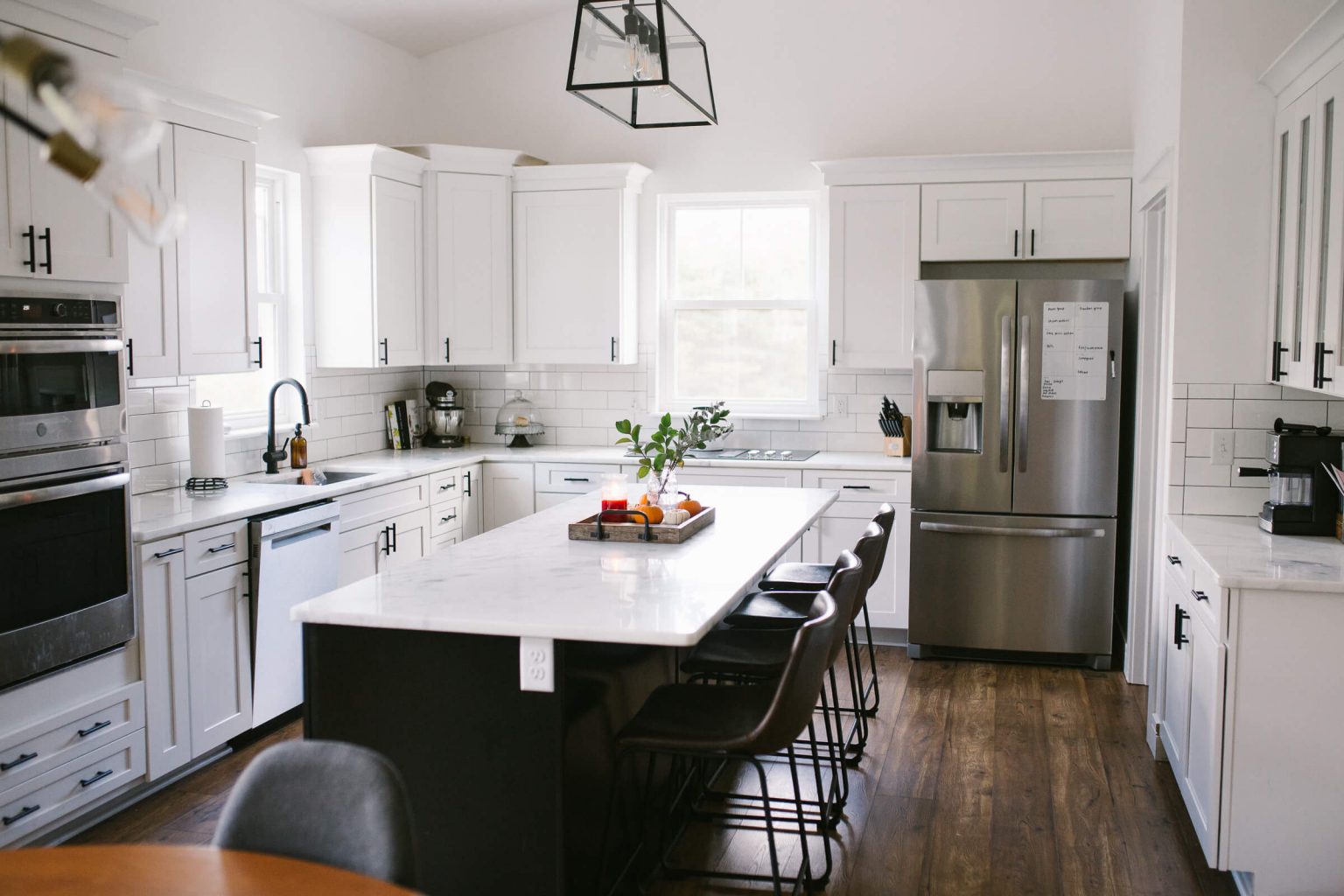

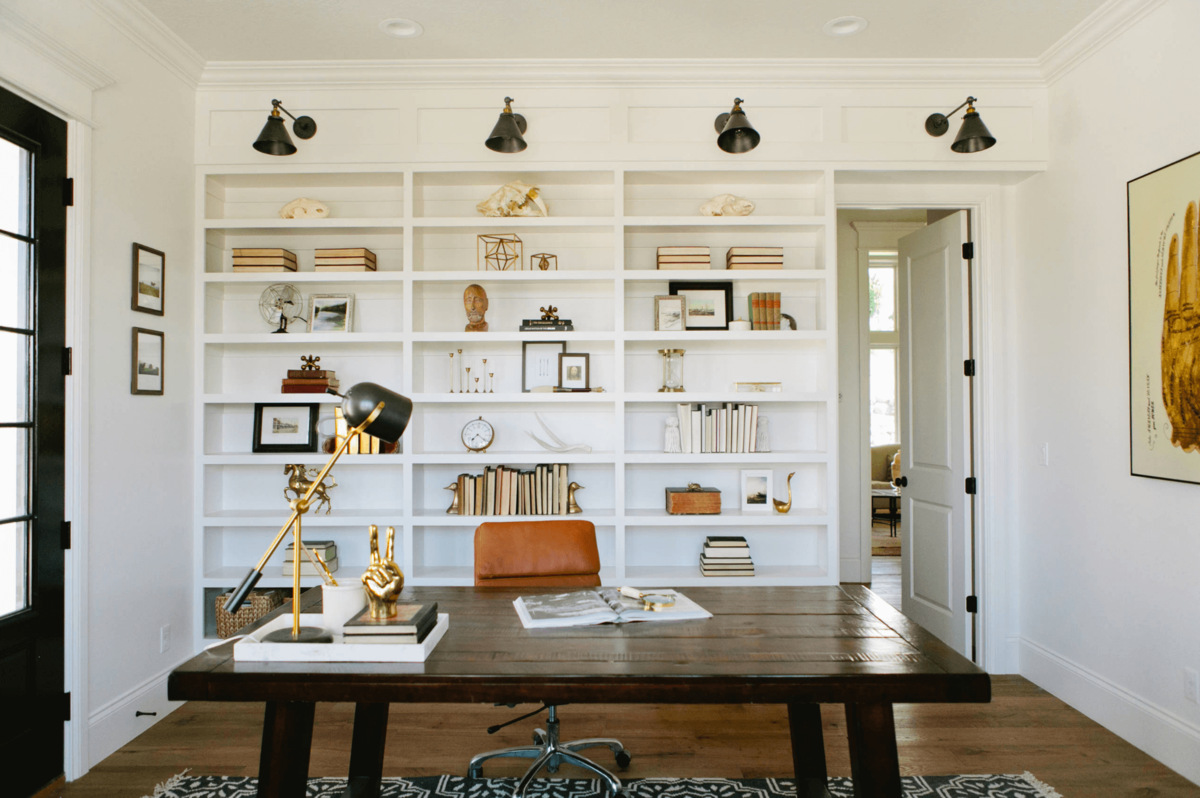
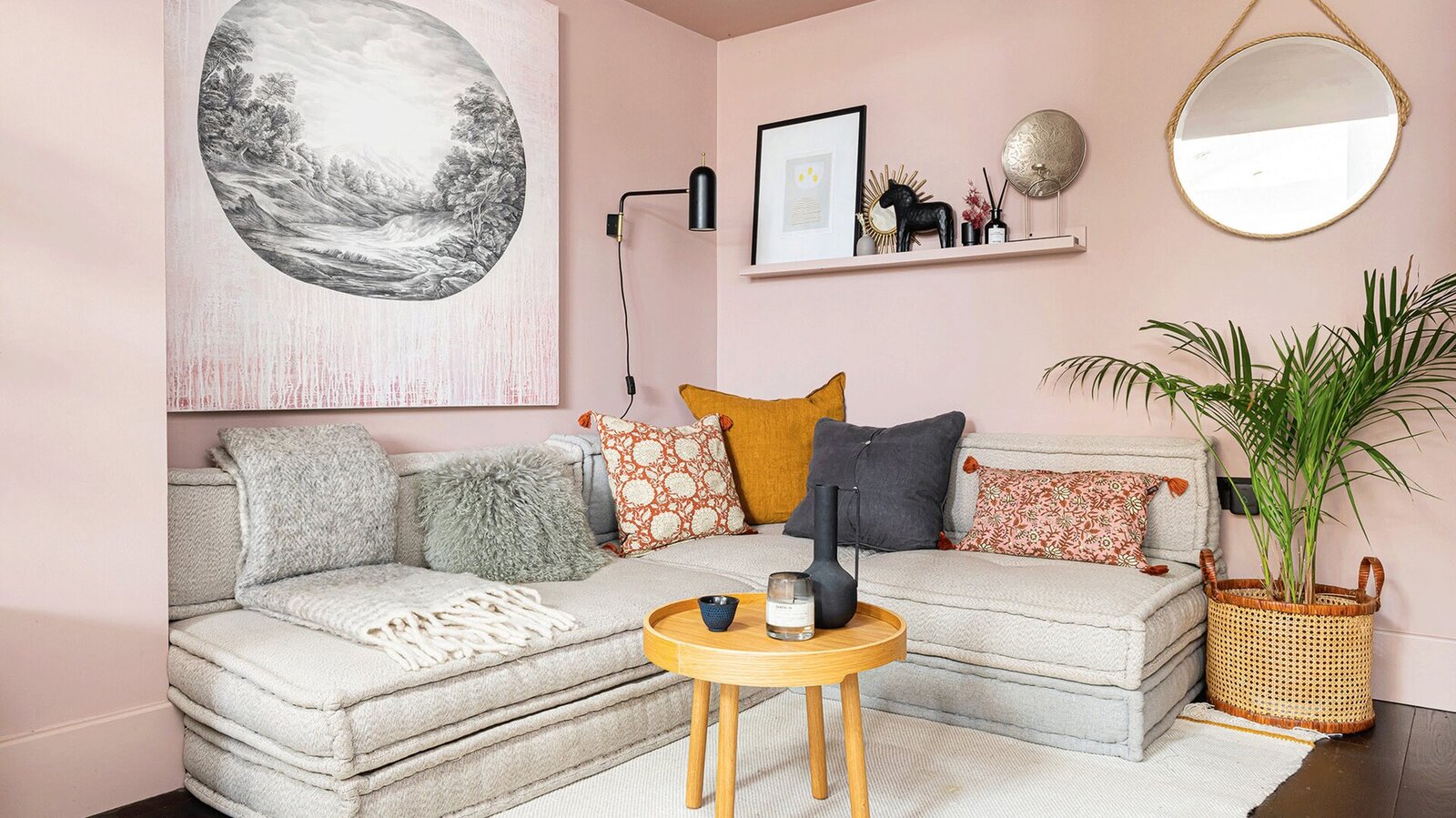
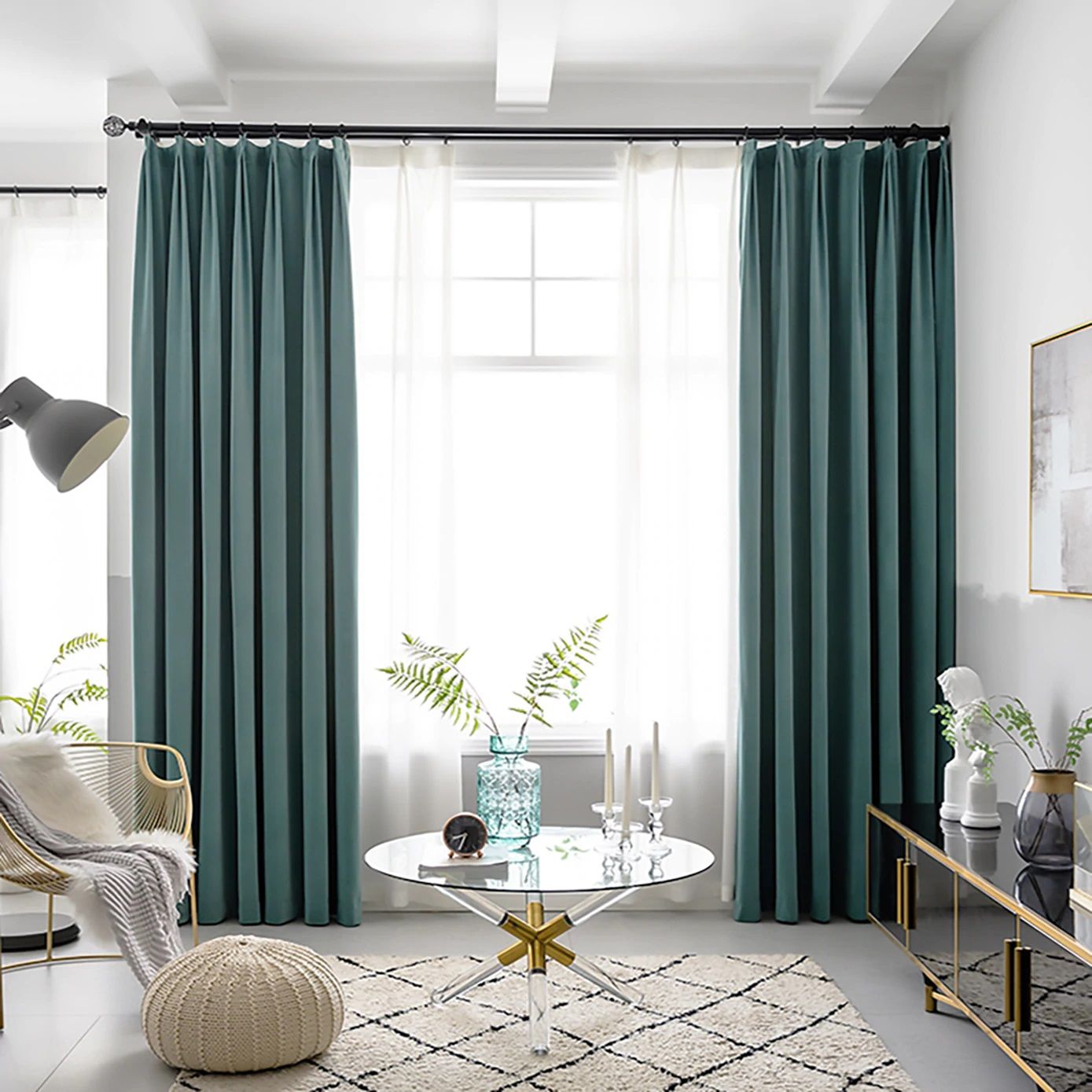
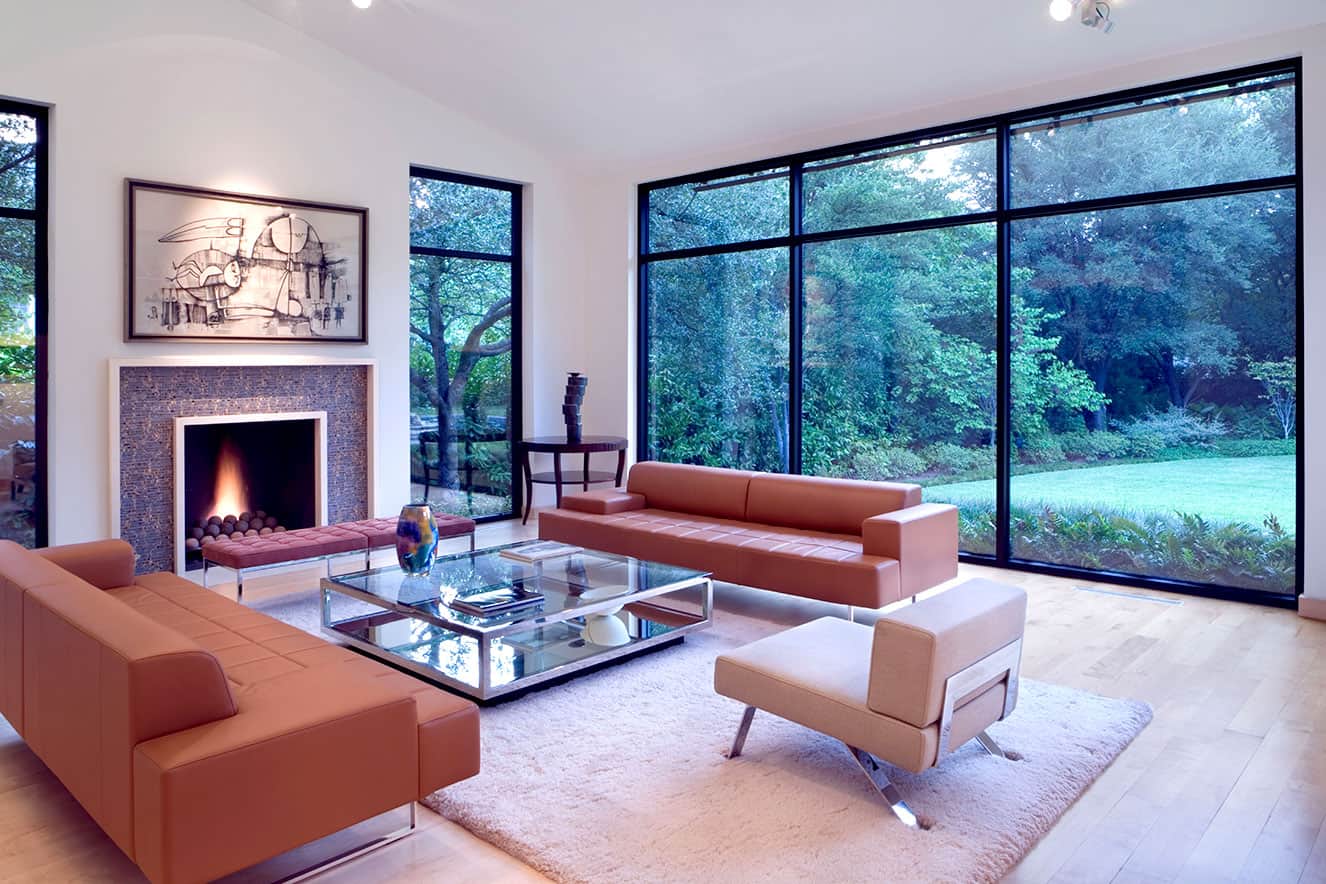
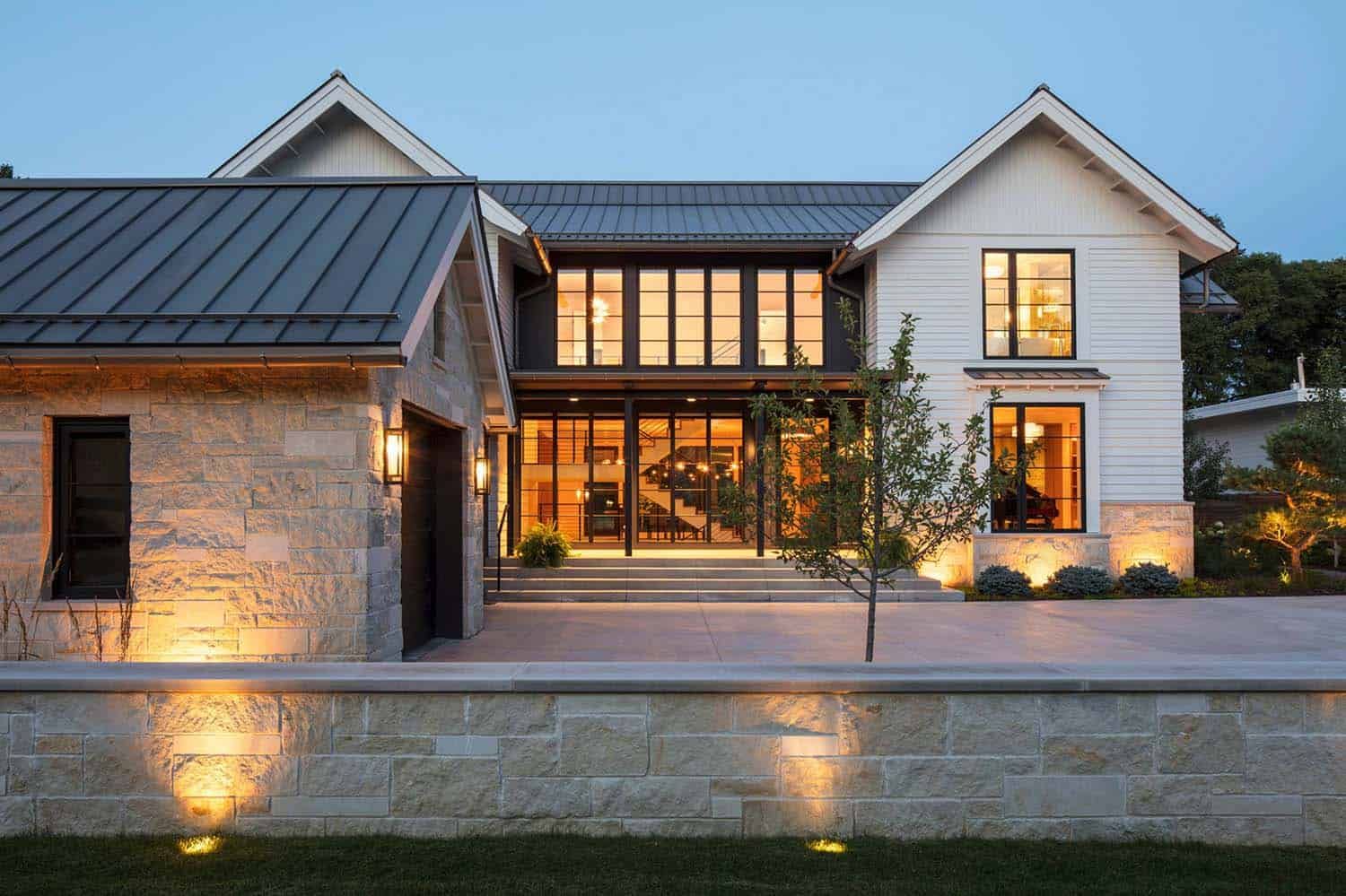
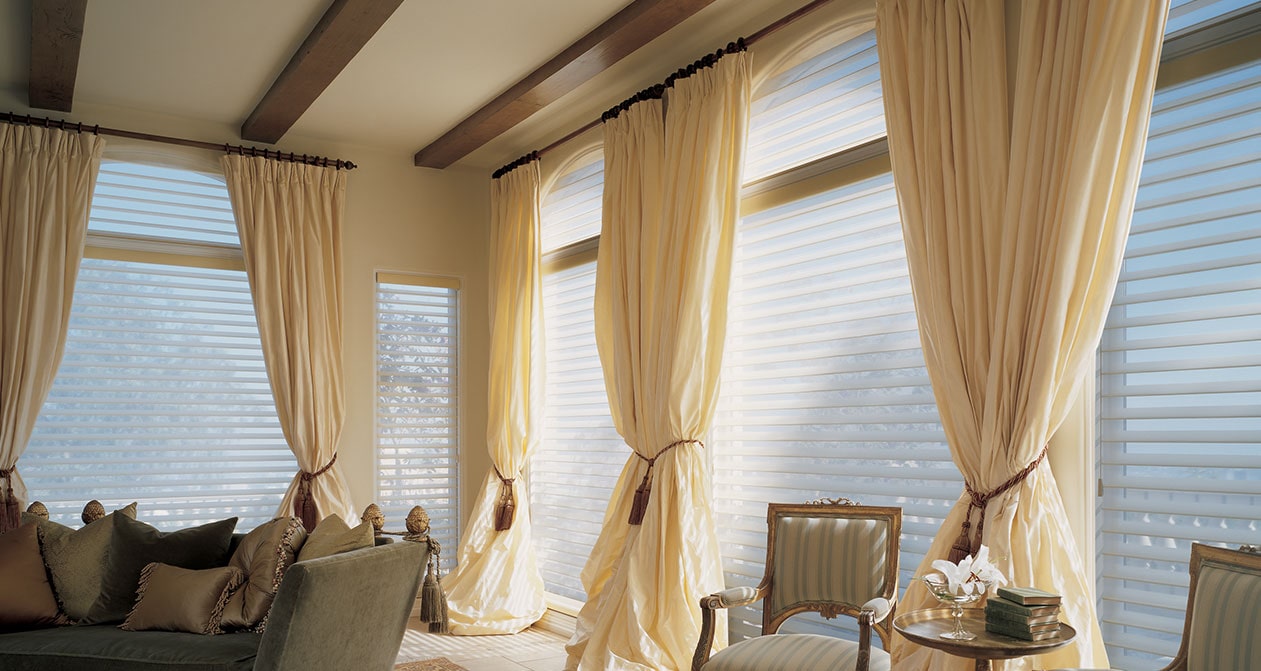
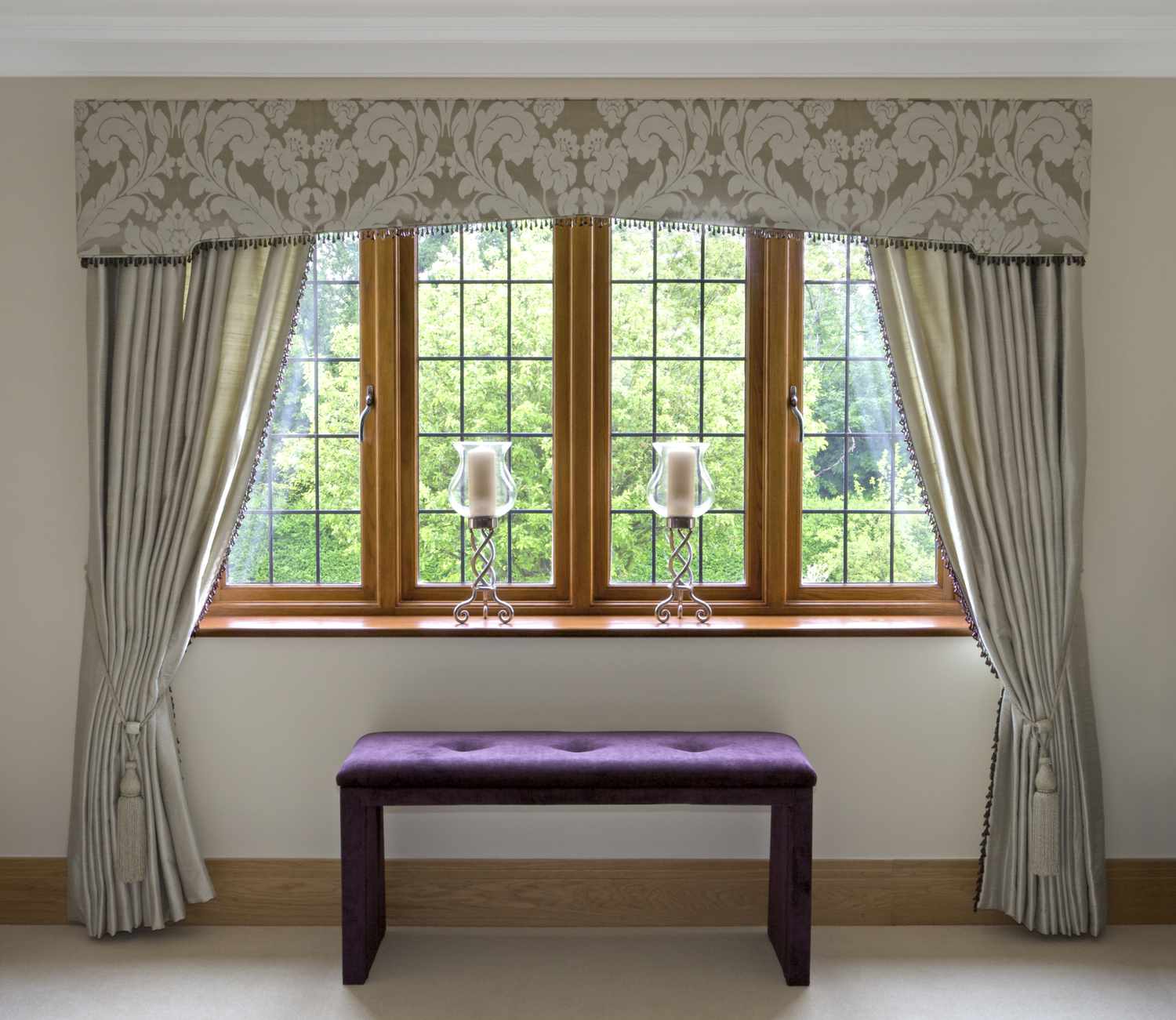
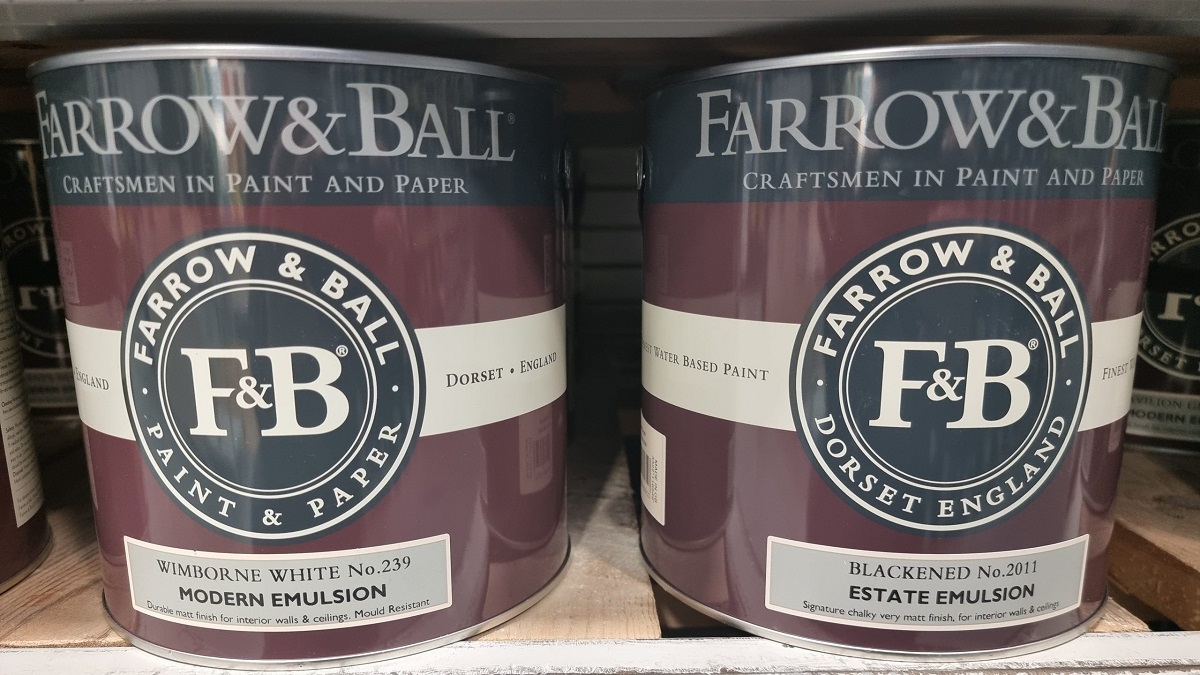
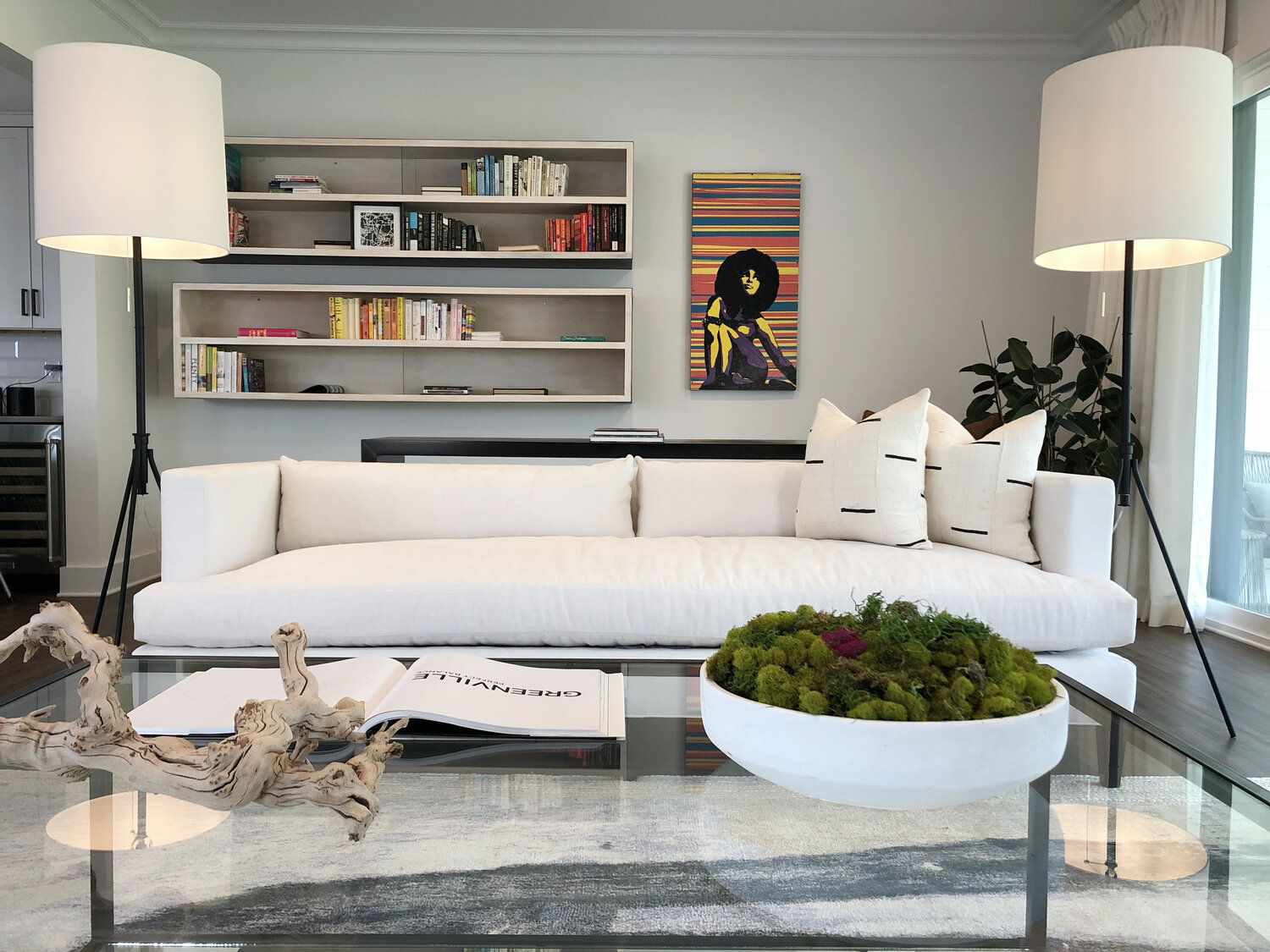
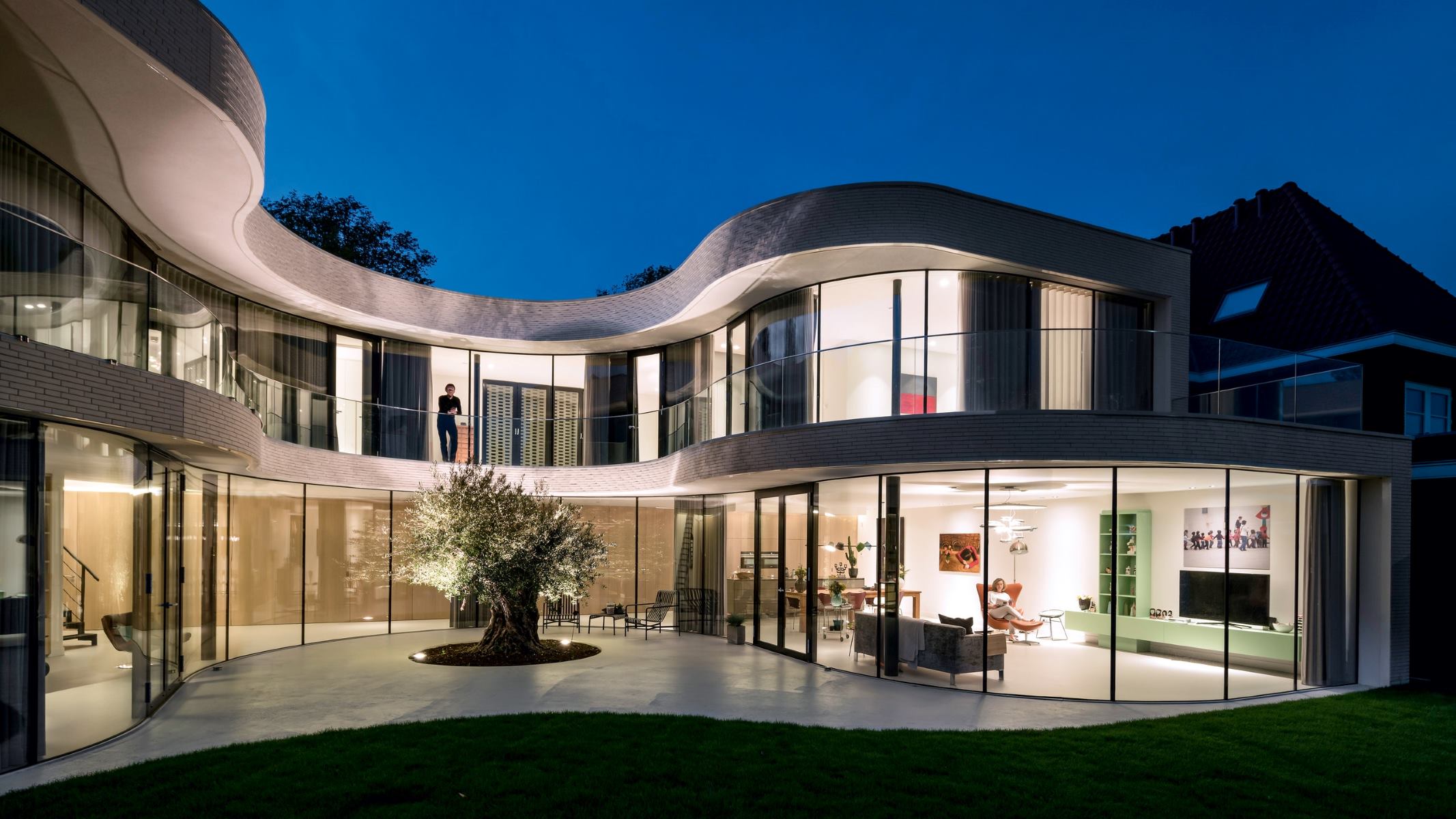

0 thoughts on “Modern Vs Contemporary Design: What’s The Difference?”